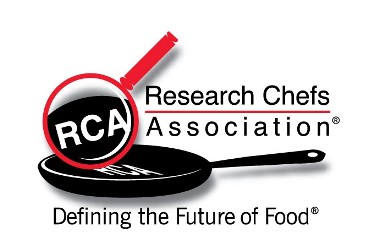ASMI Releases New Consumer-Friendly Guide to Alaska’s Seafood Sustainability
 Alaska Seafood Marketing Institute (ASMI) has released a new resource to help navigate the waters of sustainability titled "Alaska Seafood Sustainability In Plain English."
Alaska Seafood Marketing Institute (ASMI) has released a new resource to help navigate the waters of sustainability titled "Alaska Seafood Sustainability In Plain English."
With the seafood sustainability trend sweeping the world, it’s important for foodservice operators to provide consumers with transparent information about the seafood they source.
As consumers have been inundated with eco-labels and color-coded ‘eat-this-not-that’ seafood sustainability messages, ‘Sustainability In Plain English’ offers a holistic perspective looking at what really constitutes sustainable seafood in Alaska.

 The president of the Research Chefs Association encourages creative and science-minded students to explore Culinology®.
The president of the Research Chefs Association encourages creative and science-minded students to explore Culinology®. Can the words “light,” “healthy” and “desserts” even be used in the same sentence? More than ever, chefs are proving that they can.
Can the words “light,” “healthy” and “desserts” even be used in the same sentence? More than ever, chefs are proving that they can. Deadline for a new CAFÉ recipe contest featuring Wisconsin cheeses in healthful applications is April 1.
Deadline for a new CAFÉ recipe contest featuring Wisconsin cheeses in healthful applications is April 1. Alain Roby of Hyatt Hotels and Resorts loves sharing his passion—and whimsy—for fine desserts
Alain Roby of Hyatt Hotels and Resorts loves sharing his passion—and whimsy—for fine desserts